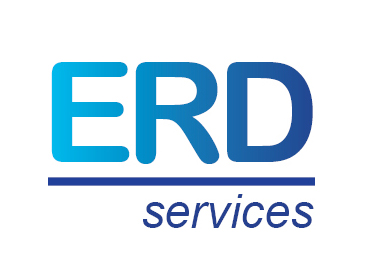With Softvision, Cognizant Is Building A New EPAM
Softvision Is Following the EPAM Path
In the past three years, Cognizant has been building Softvision as a new EPAM. Like EPAM, Softvision has grown very fast: Softvision 10-12k employees currently, from 2.8k employees at the time of its acquisition in late 2018. Not all that growth has been organic, though. In all likelihood, Softvision has aggregated capabilities that existed within Cognizant.
Softvision’s portfolio also links to EPAM. EPAM has a background in developing software products for ISVs. The company soon expanded to custom applications, focusing on front-office applications for clients like Expedia, processing millions of requests per year. Softvision has a similar positioning: the company works across software products and custom applications (also called “products” in agile).
Like EPAM, Softvision has also expanded its delivery network from Central & Eastern Europe (Romania) to India (thanks to Cognizant resources). Softvision is also adding some presence onshore, in the US, mostly through acquisitions. We estimate that US employees represent ~10% of Softvision’s headcount.
Finally, Softvision is strengthening adjacent capabilities such as consulting and UX design, and automation through RPA and AI. Cognizant itself is a portfolio transition to digital and cloud and brings additional scale.
EPAM and Softvision Are Redefining Software Product Development Services
We think EPAM and Softvision indicate where the world of software product development has gone. In the past few years, demand has included SaaS-ification for migrating on-premise applications to the cloud and redeveloping applications as native SaaS. Client demand expanded to mobility, UX design, and agile development, using DevOps tools.
Non-ISV clients now have similar requirements for their front-office applications as ISVs. Most B2C and B2BC firms in BFSI, healthcare, B2C manufacturing, and retail, telecom, energy & utilities require high processing power and well-designed web applications and mobile apps that the likes of EPAM can provide
The market is huge, to the point that EPAM believes the opportunity for digital platforms, as it calls it, is twice as large as the software product development opportunity.
And this is an opportunity for ER&D vendors to make inroads in the IT services world. Many have commented on the growing overlap or convergence of IT and ER&D services around digital. However, we think few have expressed that ER&D vendors, those with a software product development background, are well equipped to capture the digital platform opportunity.
Wishing Cognizant’s Softvision an EPAM-Like Success Story
So, yes, we think Softvision is following the EPAM path and building an EPAM clone. And why not? EPAM Systems is a superb success story. Its market cap is incredibly high (USD 20bn) for a company with revenues expected to USD 2.6bn in 2020. Investors value EPAM’s 25% annual revenue growth and 12-14% EBIT margin.
Softvision’s Acquisitions under Cognizant’s Ownership
| Name HQ Time | Headcount | Remarks |
| Magenic Technologies Minneapolis, MN Q1 2021 | 825 employees, including – US: 450 – Manila: 350 | Magenic strengthens capabilities that Softvision had around agile and API-based development and application migration to the cloud. It doubles Softvision’s presence in the US. |
| Tin Roof Software Altanta, GA Q3 2020 | Est. 250 employees | Tin Roof strengthens capabilities that Softvision had around agile and API-based development and application migration to the cloud. It increases the presence of Softvision in the US. |
| Arrow Digital West Palm Beach, FL Q3 2018 | 160 employees | Arrow Digital brought RPA capabilities to Softvision. The company also provided custom software, cloud, and UX services. It brought delivery presence in Dallas, TX, , L’viv, Ukraine, and Ahmedabad, India. |
| Softvision Austin, TX Q4 2018 | 2,850 employees | A US firm with a Romania-centric delivery model. The company provided software products and custom agile-based development services. |
